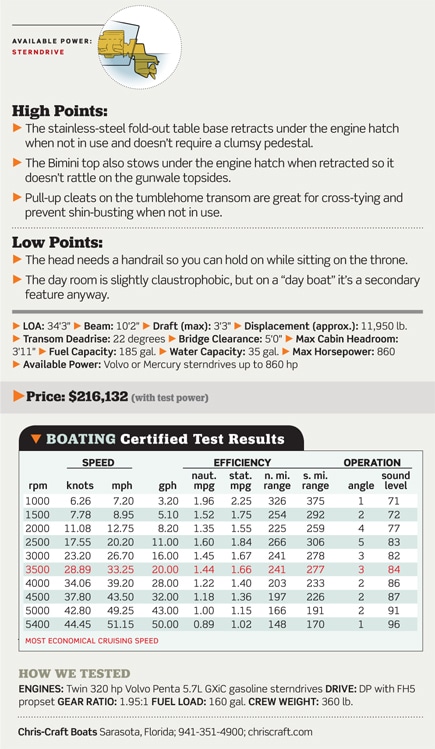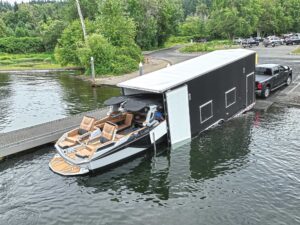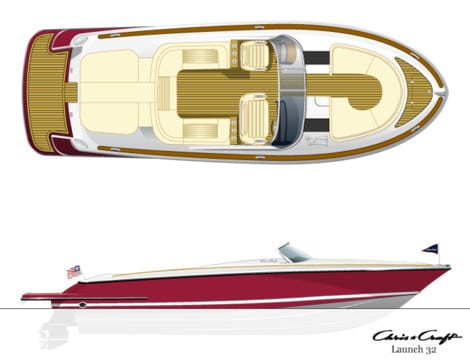
Chris-Craft Launch 32
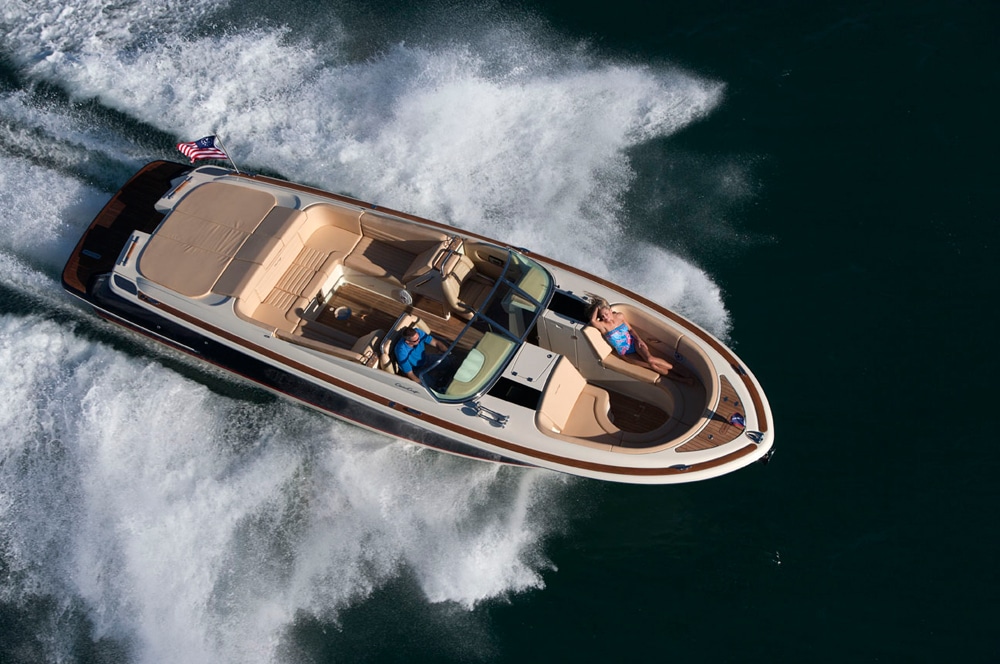
Chris-Craft Launch 32
Beam: 10’2″
Draft (max): 3’3″
Displacement (approx.): 11,950 lb.
Transom Deadrise: 22 degrees
Bridge Clearance: 5’0″
Max Cabin Headroom: 3’11”
Fuel Capacity: 185 gal.
Water Capacity: 35 gal.
Max Horsepower: 860
Available Power: Volvo or Mercury sterndrives up to 860 hp Forest Johnson
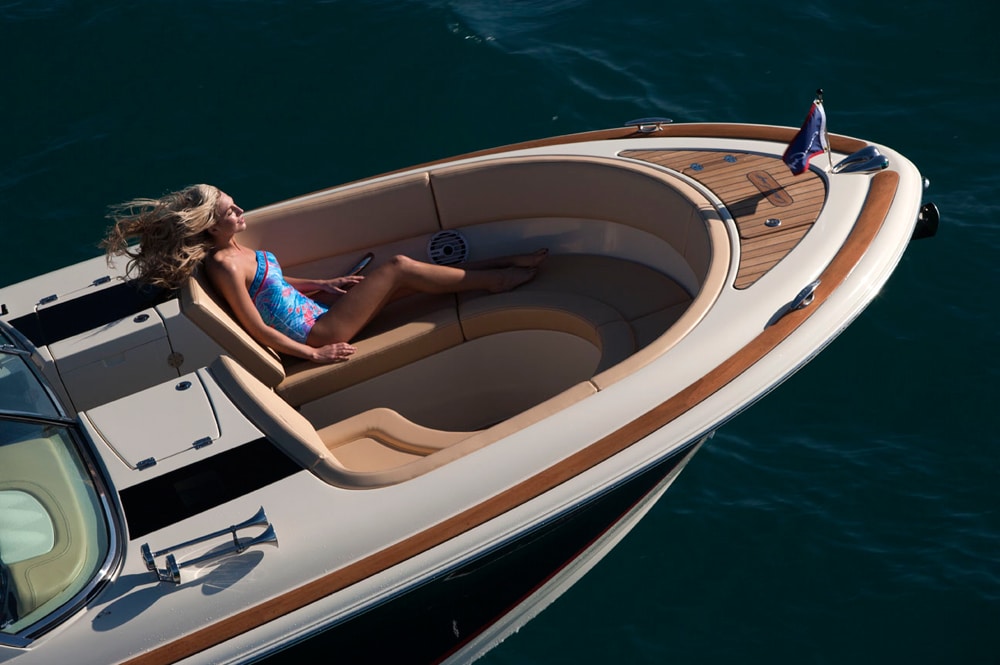
Chris-Craft Launch 32
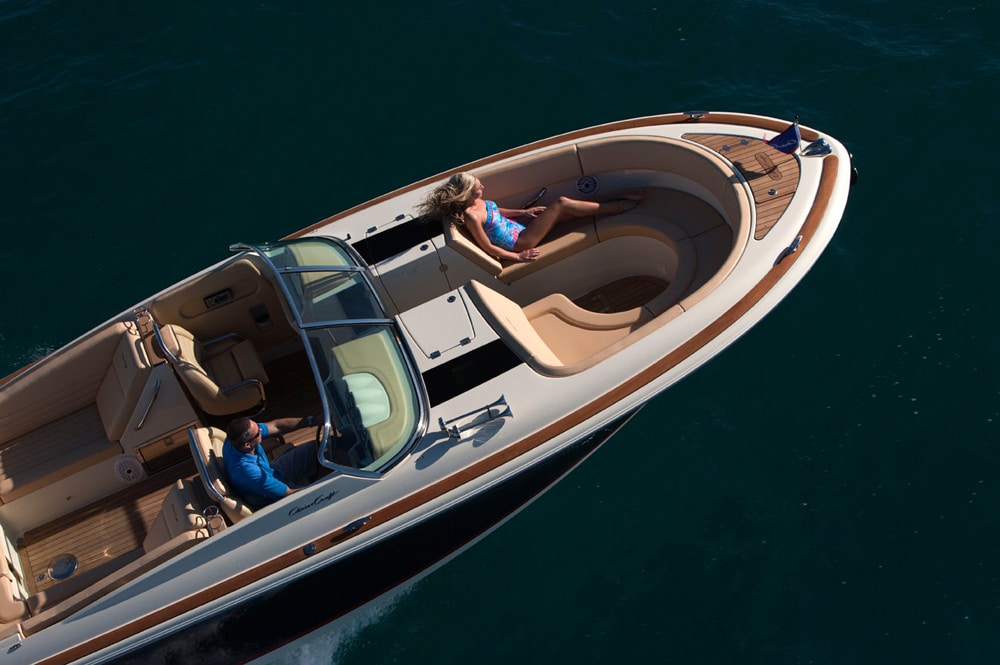
Chris-Craft Launch 32
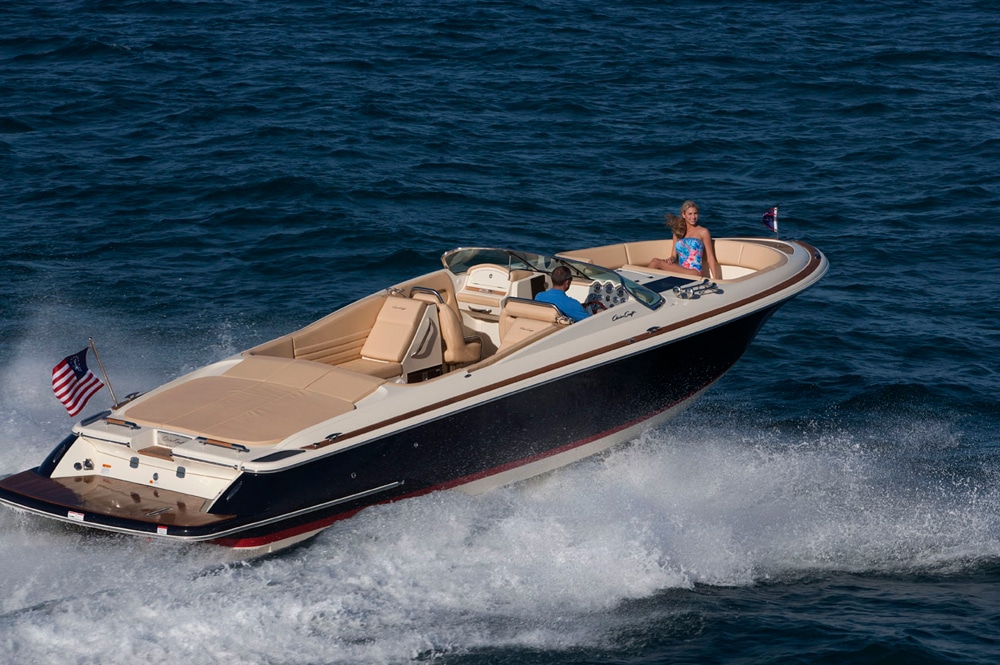
Chris-Craft Launch 32
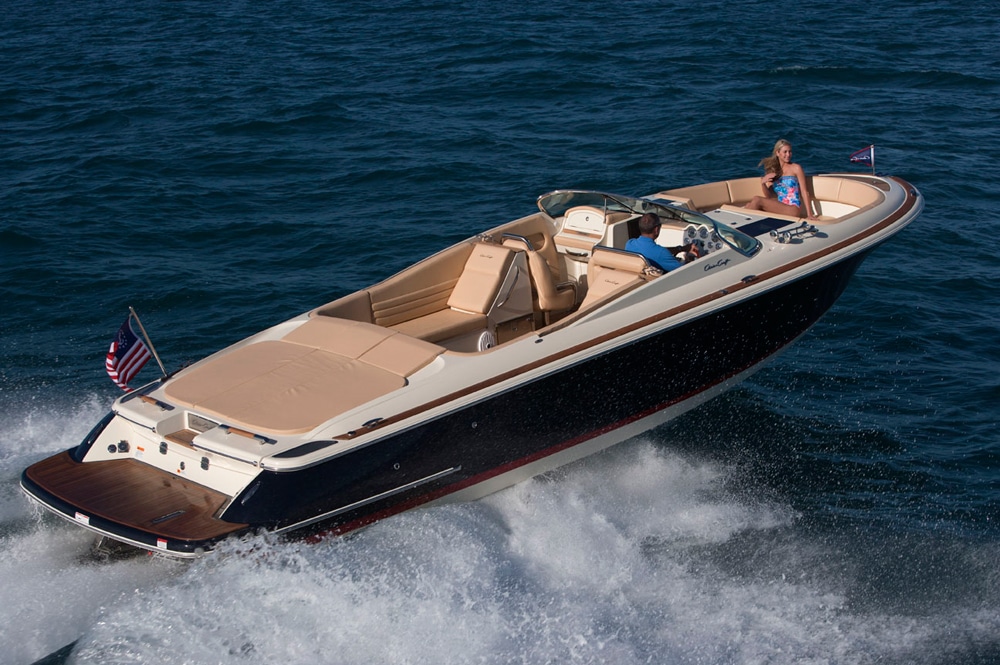
Chris-Craft Launch 32
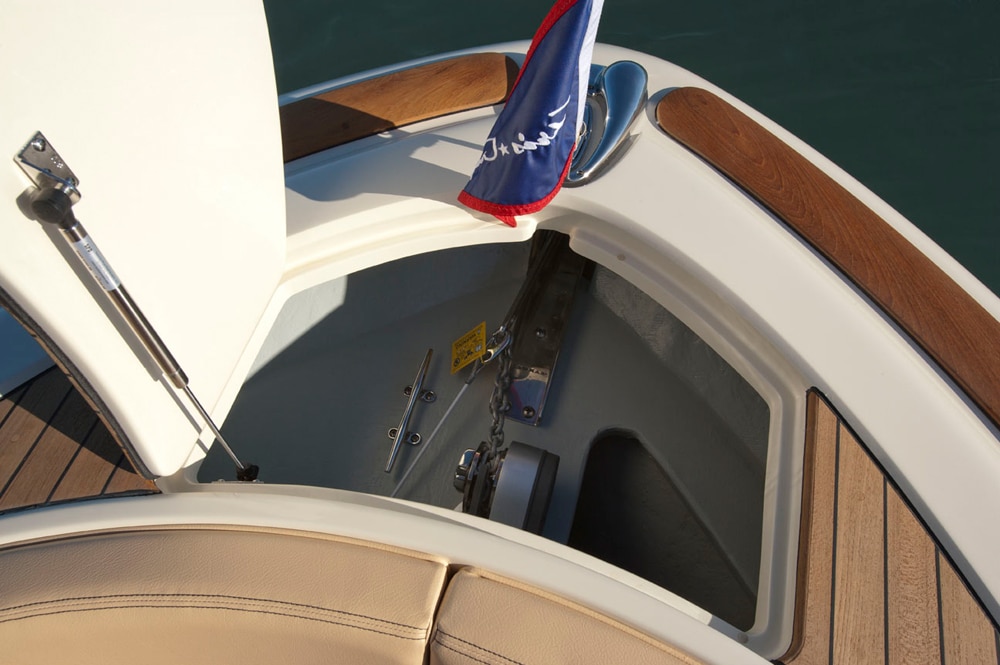
Chris-Craft Launch 32
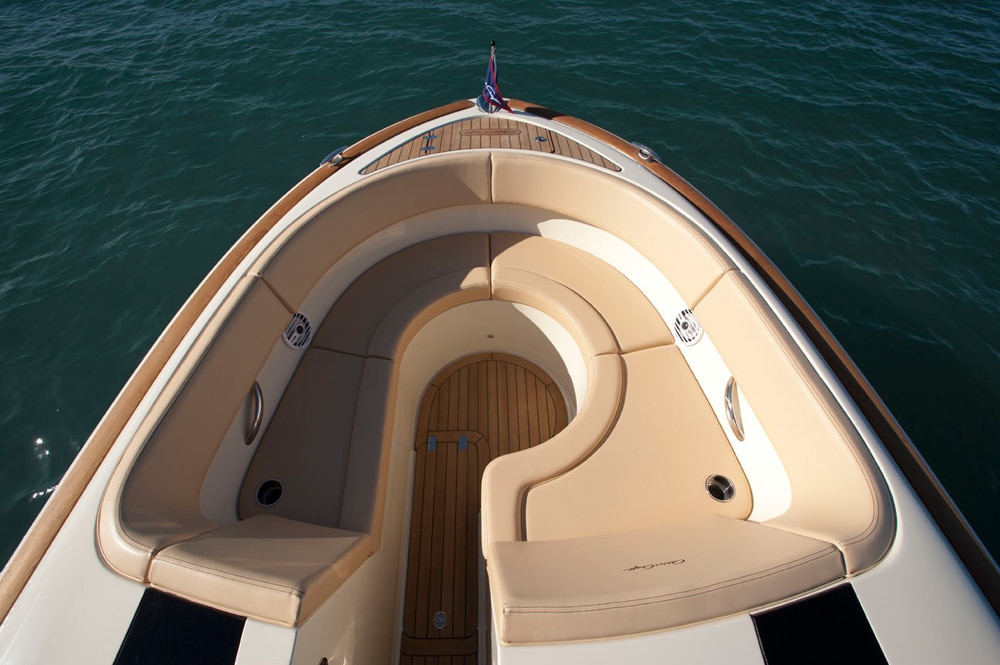
Chris-Craft Launch 32
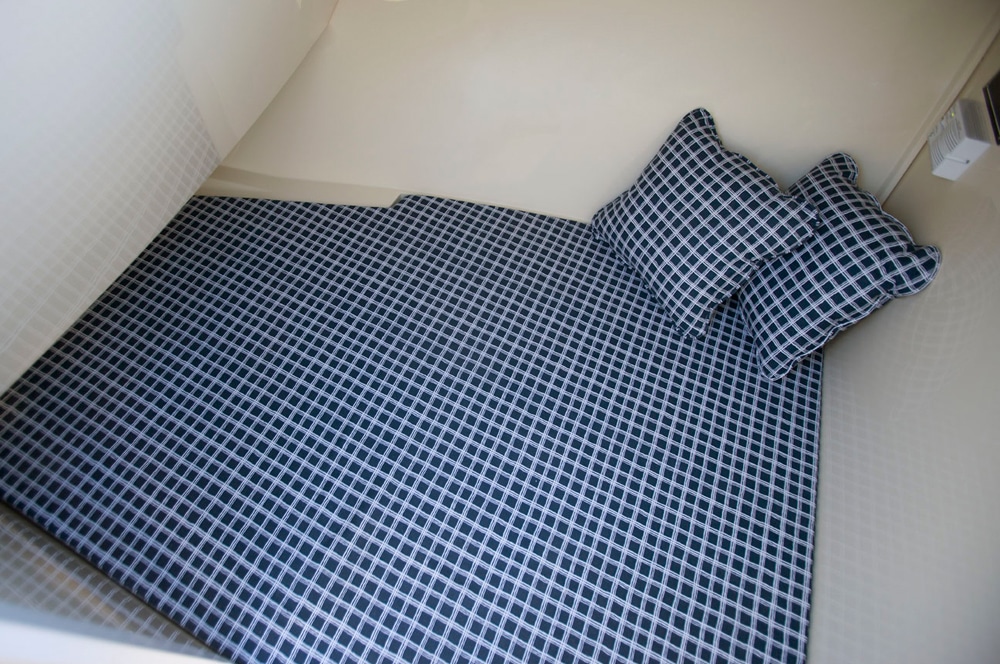
Chris-Craft Launch 32
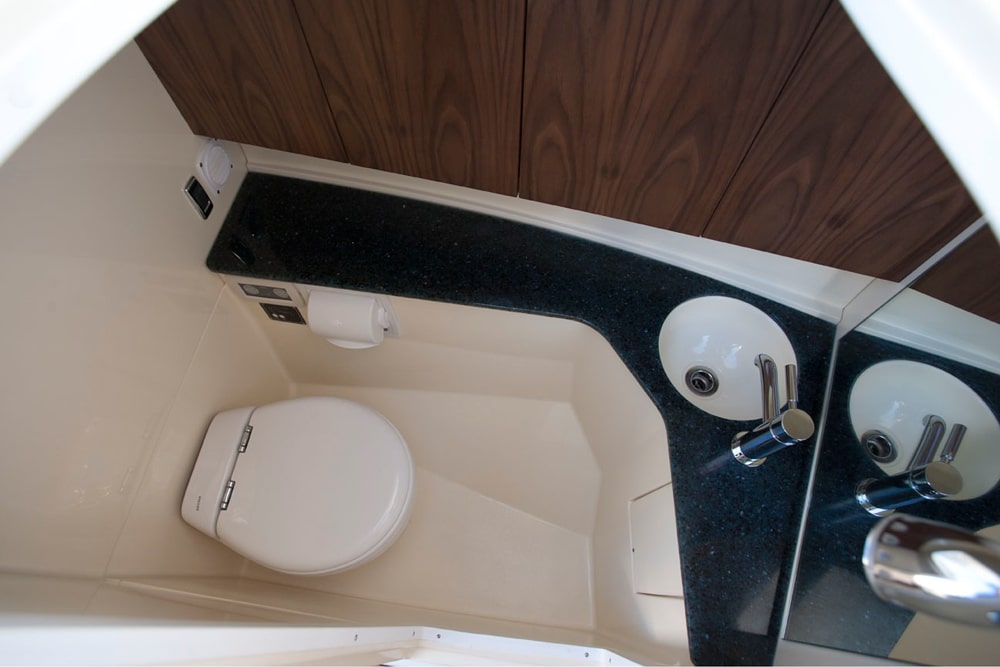
Chris-Craft Launch 32
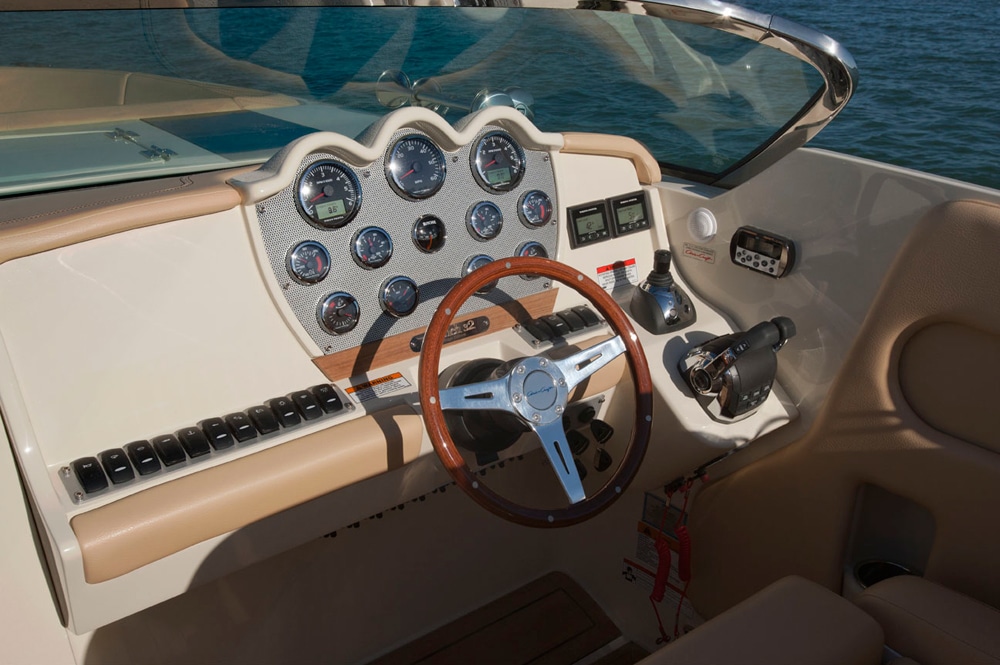
Chris-Craft Launch 32
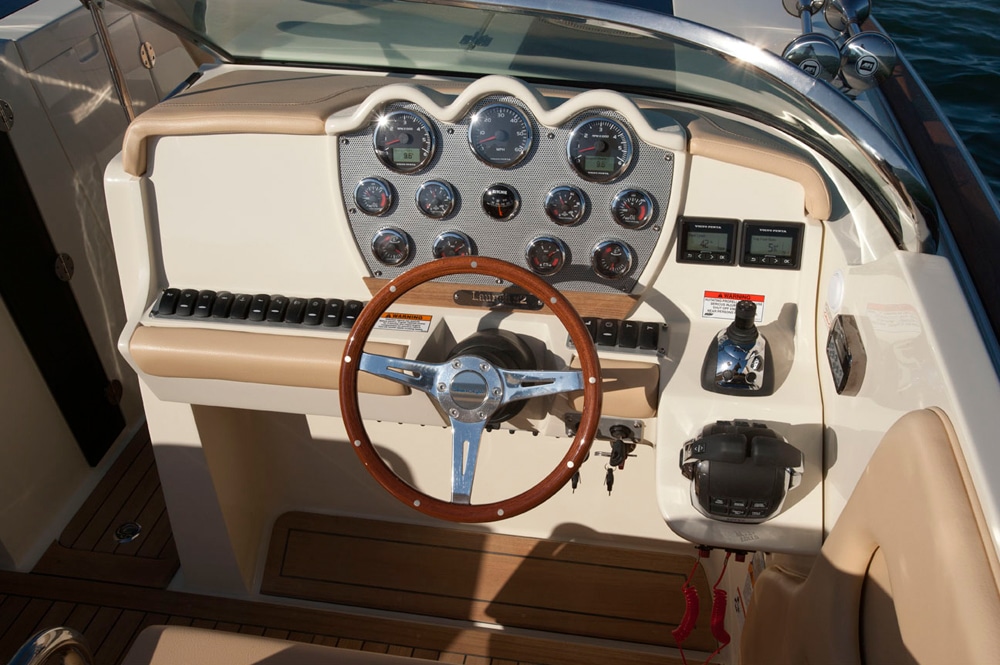
Chris-Craft Launch 32
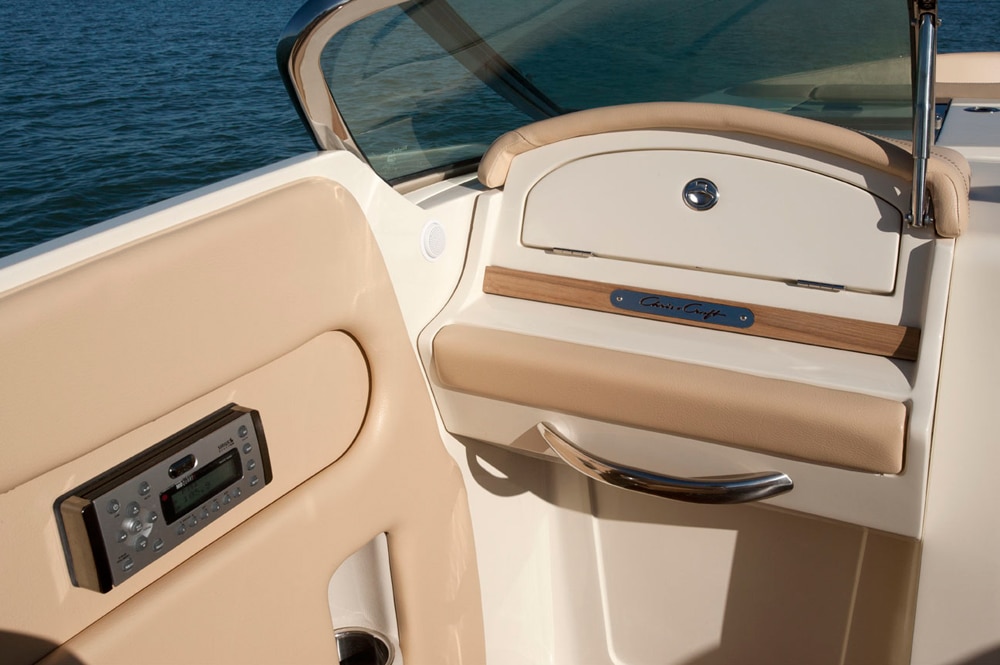
Chris-Craft Launch 32
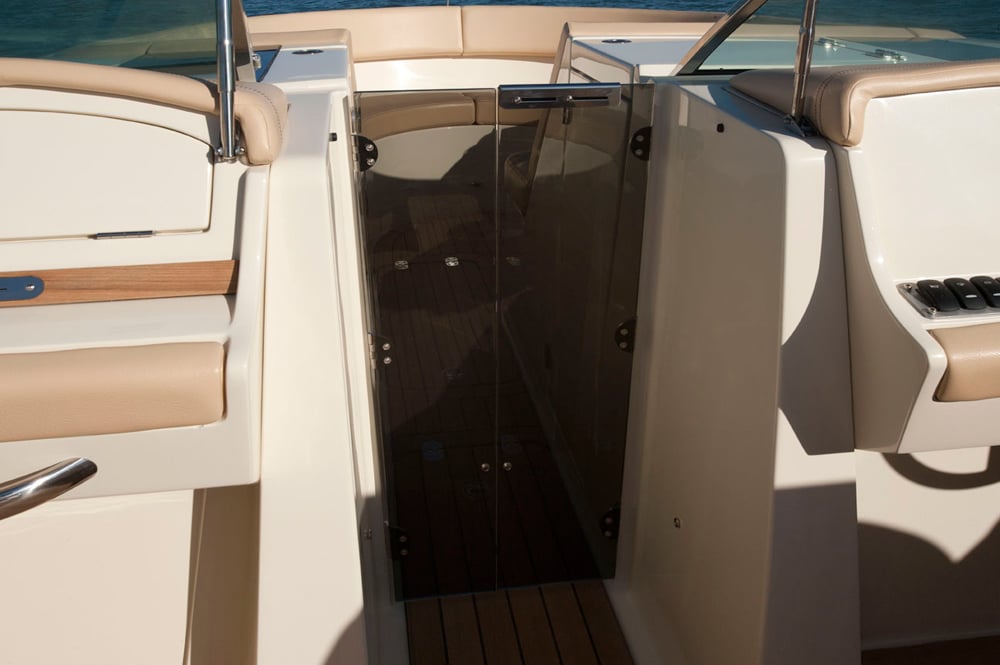
Chris-Craft Launch 32
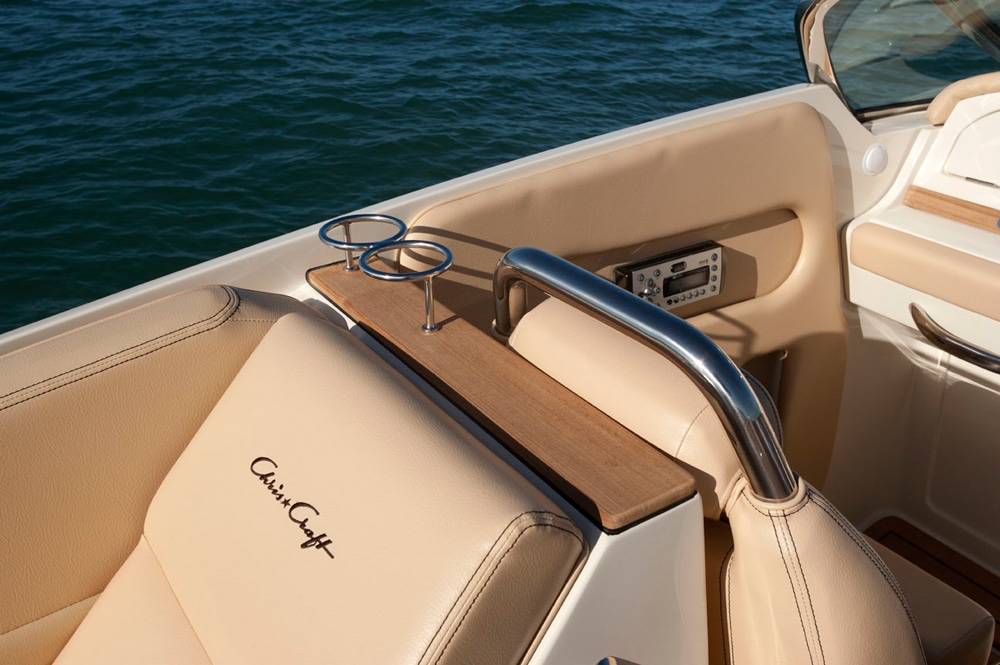
Chris-Craft Launch 32
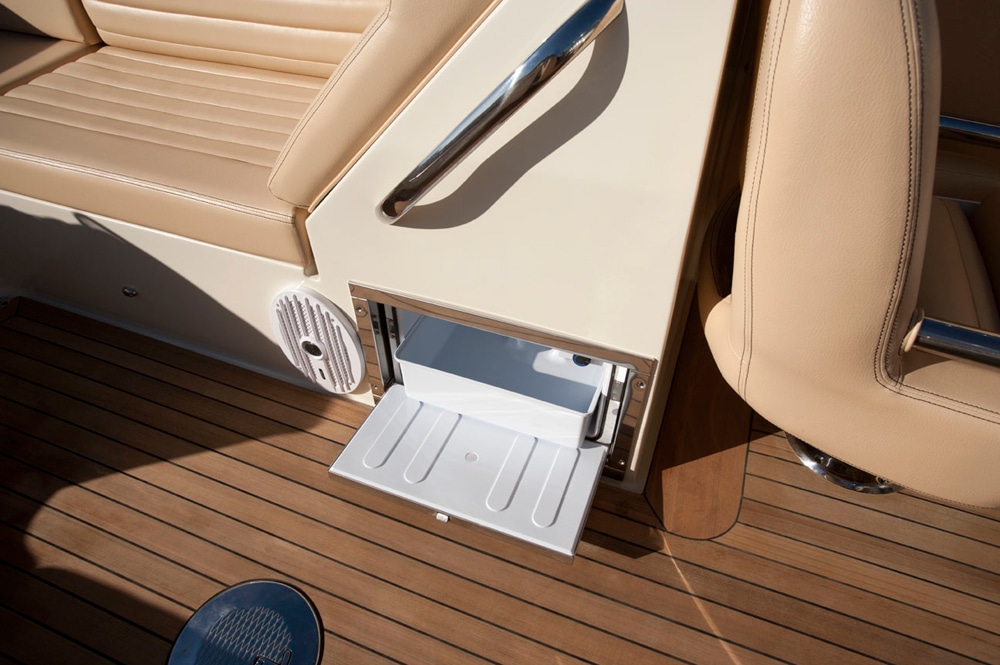
Chris-Craft Launch 32
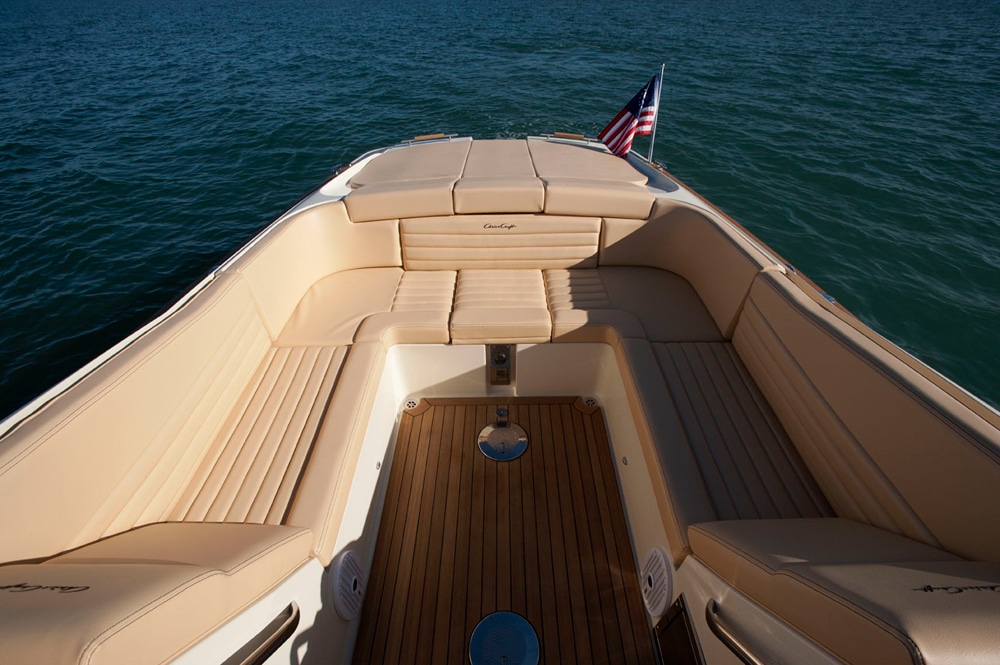
Chris-Craft Launch 32
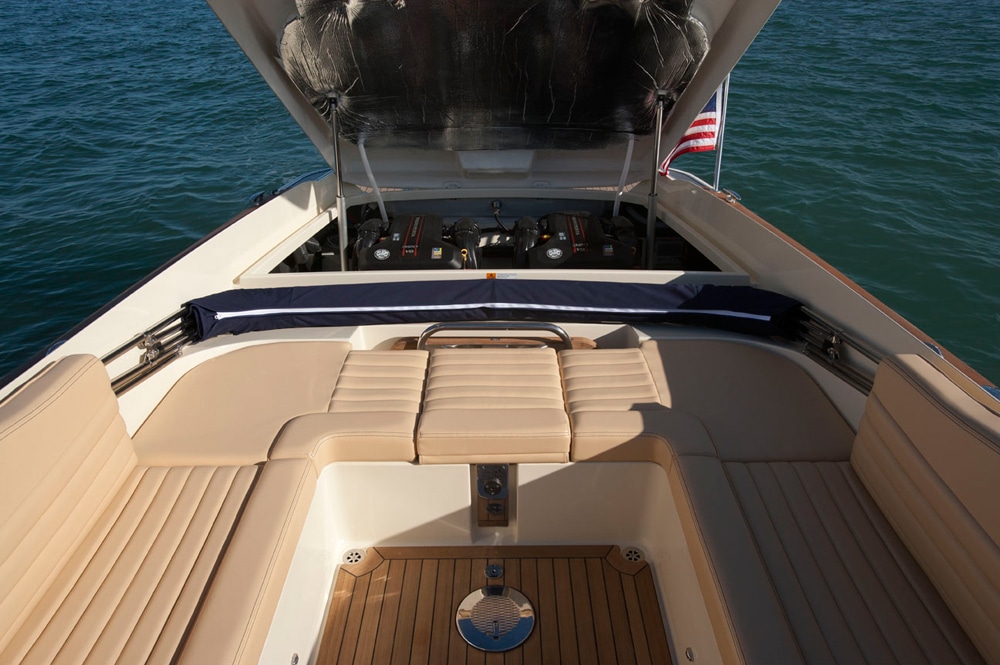
Chris-Craft Launch 32
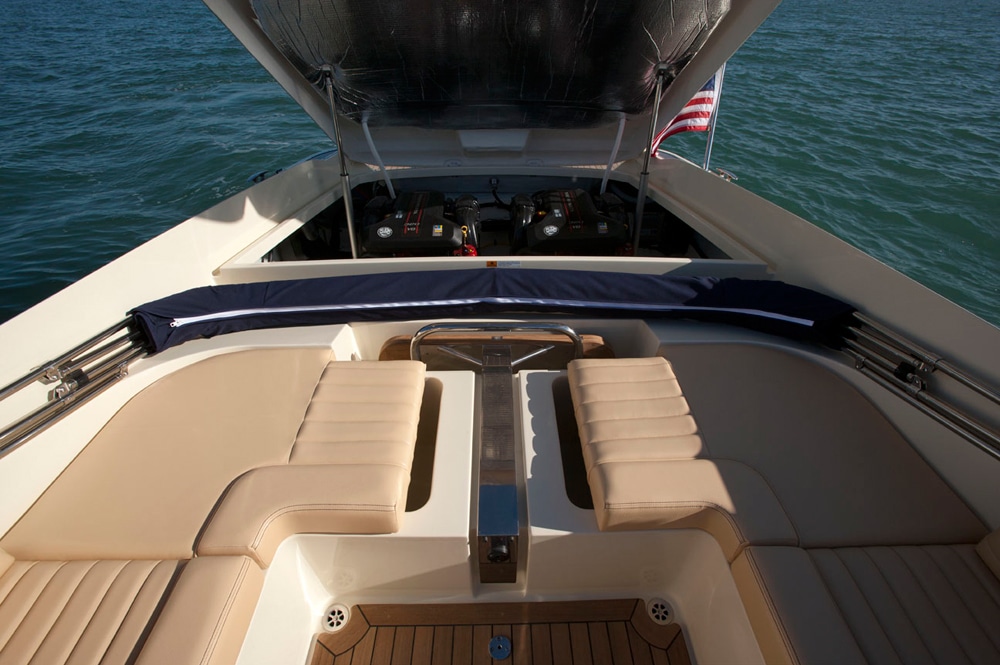
Chris-Craft Launch 32
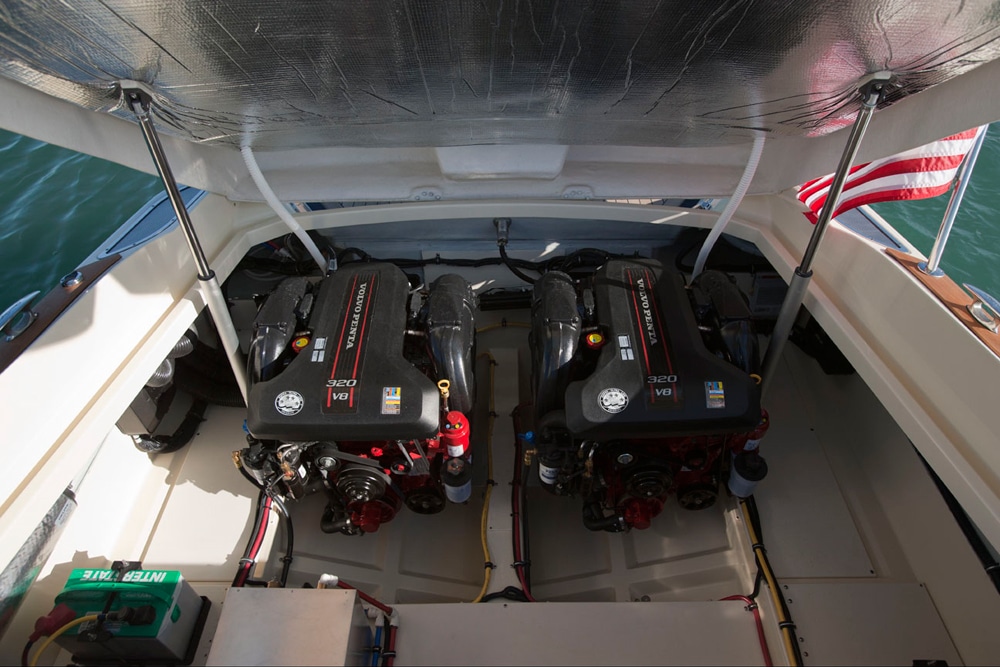
Chris-Craft Launch 32
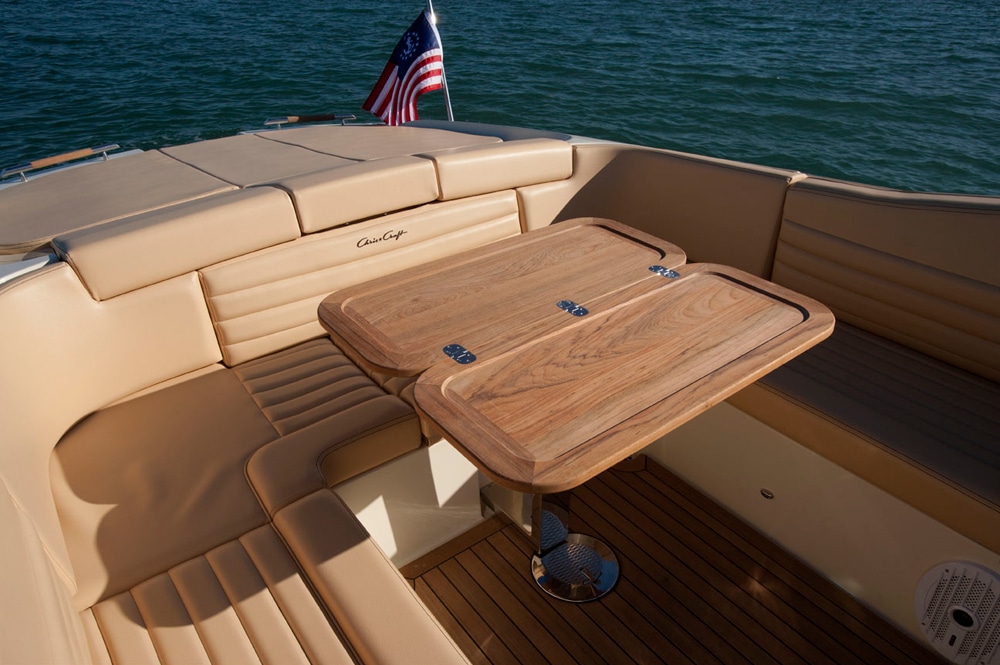
Chris-Craft Launch 32
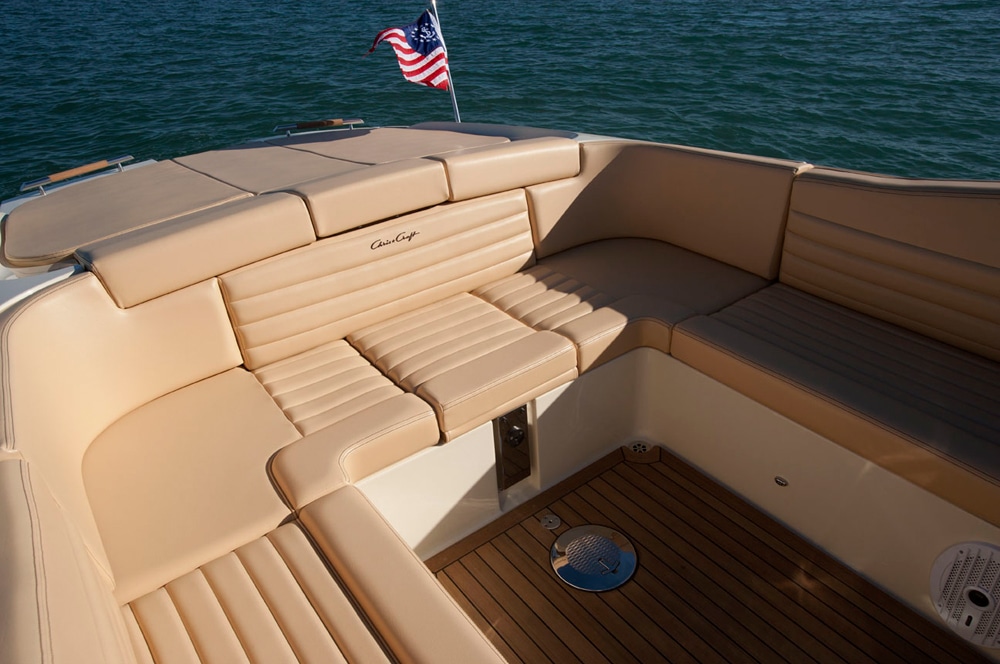
Chris-Craft Launch 32
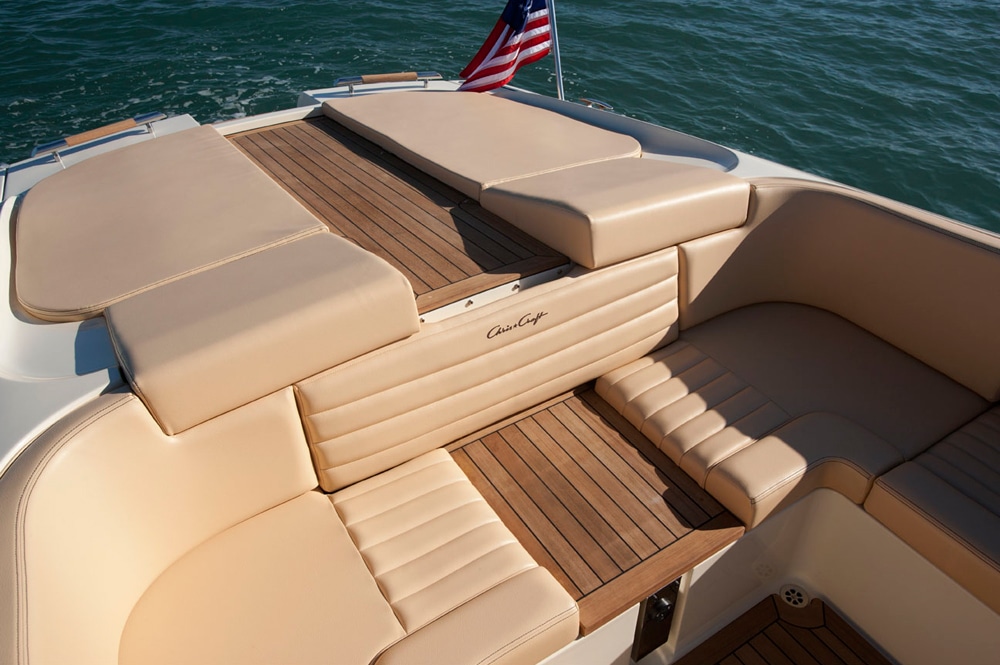
Chris-Craft Launch 32
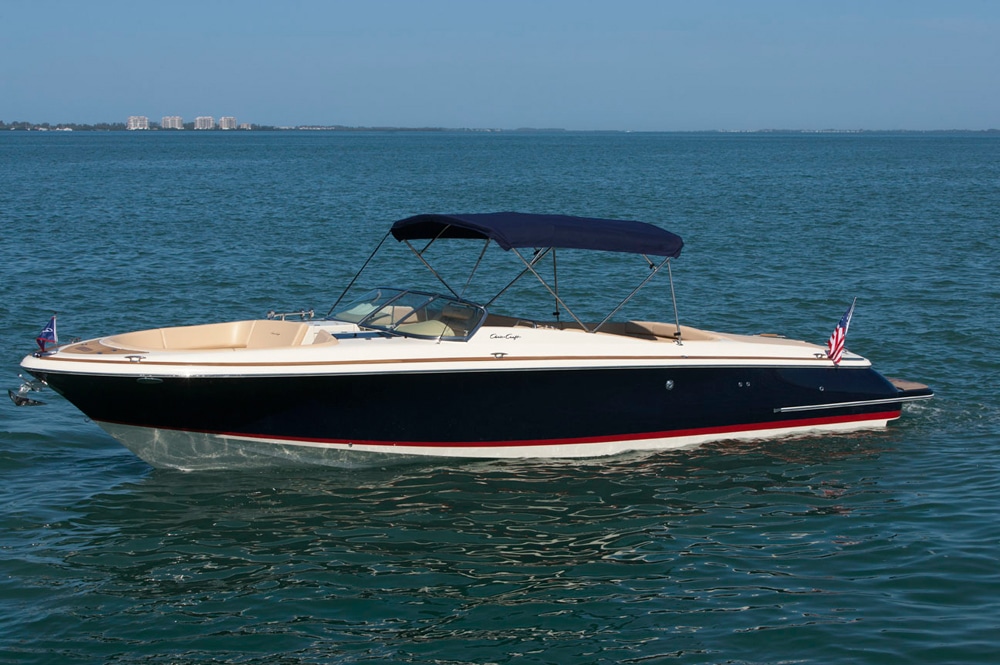
Chris-Craft Launch 32
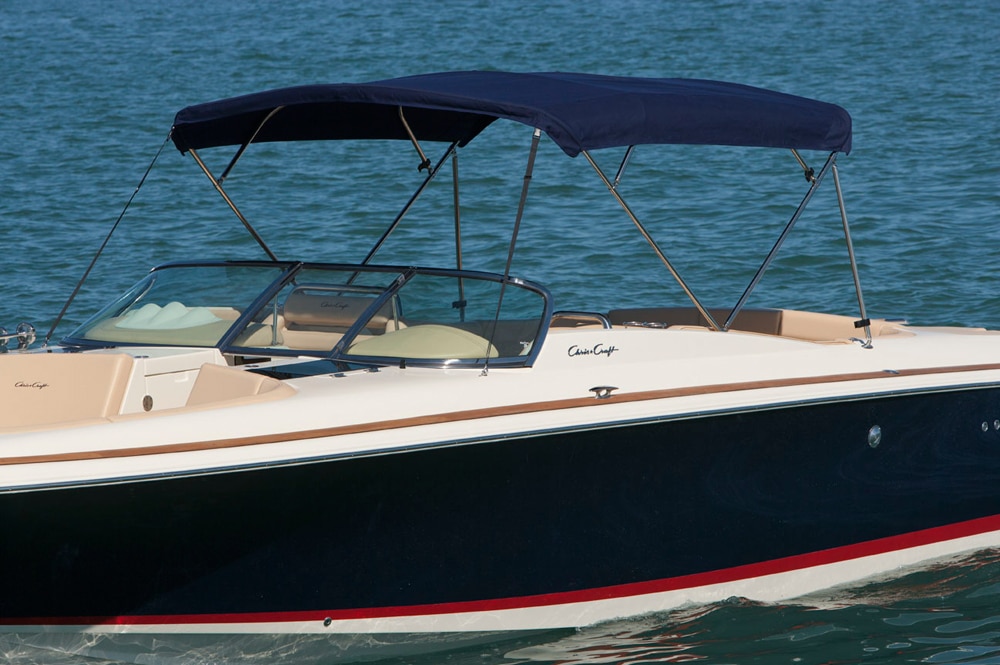
Chris-Craft Launch 32
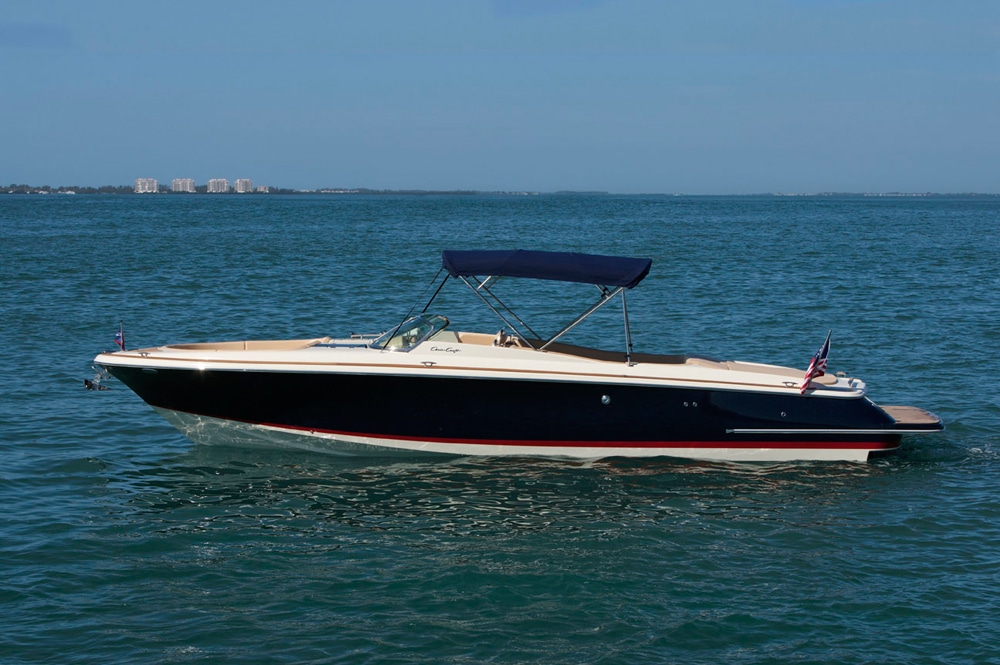
Chris-Craft Launch 32
For decades Chris-Craft was the most recognized, if not the most celebrated, brand name in recreational boating. Until, after years of mismanagement, it wasn’t. Somewhere along the way, past builders who owned the brand lost touch with its heritage — producing bland bleach-bottle boats related to their predecessors in name only. Then, in 2001, a company called Stellican purchased Chris-Craft from the wreckage of OMC and again started building boats of distinction. More than a decade later, the new Launch 32 shows that today’s Chris-Crafts are as singular as the classics of yesteryear, and that the brand’s restoration is complete.
The Launch 32 is a beautifully appointed “day boat,” the term now bandied about to describe this class of oversize runabouts. A few things about it let everyone know it’s a Chris-Craft: the unique gelcoat coloring options and boot stripe, the tumblehome that shapes the stern, the bow flare, the teak trim (opt for the Heritage package for an additional $23,580 and the boat will be ensconced in teak), and even the Chris-Craft burgee.
Big day boats are de rigueur right now, since they are more suited to the typical boater’s needs than traditional cabin cruisers. Few boatbuilders craft large bowriders of Chris-Craft’s caliber. Cobalt builds a larger 336, with a manufacturer’s suggested retail price of $236,411 with twin Volvo Penta 320s. The 336 offers a different cockpit layout, plus an optional hardtop and room to sit up inside its day room in the starboard console. Another choice is Regal’s new 3200 (no price set as of press time), which eschews the day room for a more wide-open cockpit and tops 50 mph with twin 300 hp Volvo Penta engines. That said, the Chris-Craft Launch 32 is the only one that comes standard with teak accents.
Start with the teak that adorns the anchor-locker hatch. The hatch itself is resin-infused and finished on both sides. Our tester had the optional windlass that featured an anchor stop and offered great access to the rode. Windlass or no, instead of there being a pulpit, an anchor chute under the bow helps preserve the pretty sight lines and teak trim. Hiding things is a theme that Chris-Craft carries throughout the boat, in creative ways I’ll address.
The cushions in the bow cockpit are in plain sight, but you might not notice how the bolster is constructed at a slight angle so that wherever you sit you’ll be comfortably reclined. The forward facing backrests abutting the consoles have a more obvious incline.
The starboard console hides a small day room that offers some privacy for changing or napping or to give the kids a break from the sun. At 6 feet 1 inch long, it’s lengthy enough for overnight use in a pinch, but with no portlight and only three feet of headroom, it’s too claustrophobic for extended use.
The port console houses the head, which features a porcelain toilet with an electric flush and a holding tank system. It features nearly four feet of headroom, so you can sit up while conducting business, but adding a grab rail would make visiting the throne a more secure endeavor.
The main cockpit is U-shaped and houses ample stowage underneath. Lift up the rear-facing recliner cushion to the port side to reveal space to stow fenders. Underneath that is a concealed slide-out refrigerator. Under the starboard recliner is matching dedicated fender stowage.
One of the coolest features is the folding teak cockpit table that stows under the engine hatch. It deploys on an L-shape stainless-steel bracket on a five-knuckle hinge that locks it securely in place even in rough seas. It’s a really cool system and a step above traditional pedestal tables.
The Bimini top also hides from view when not in use, retracting niftily under the sunpad so it is not visible. This also eliminates the age-old problem of the retracted Bimini rattling against the gunwale topsides.
What else can’t you see? Unless you look closely you won’t notice the orderly wiring you can see at certain access points, how it is loomed where necessary and connected with waterproof Deutsch connectors. Nor will you see the beefy stainless-steel pull-up cleats on the transom — not until you need them to cross-tie in a slip. When you’re not swimming off the swim platform, the stainless-steel grab handle recesses into the teak decking so you won’t trip over it handling dock lines.
What you will see, when you take a seat at the double-wide captain’s chair at the helm, is a glare-free dash with space to flush-mount the optional Garmin 5208. You’ll also see the boat hop onto plane in under five seconds as you hammer the throttle, without losing sight of the horizon as on some squattier 30-footers. You’ll also keep your sight lines as you turn the wheel hard over at 30 mph and keep a dry windshield slashing through bay chop at 50 mph. For docking, the sterndrive joystick is a great option.
While we’ve covered some of what you can and can’t see, don’t forget what everyone else sees as you fly by: that you’re undeniably at the helm of a Chris-Craft.
Comparable models: Cobalt 336, Regal 3200
